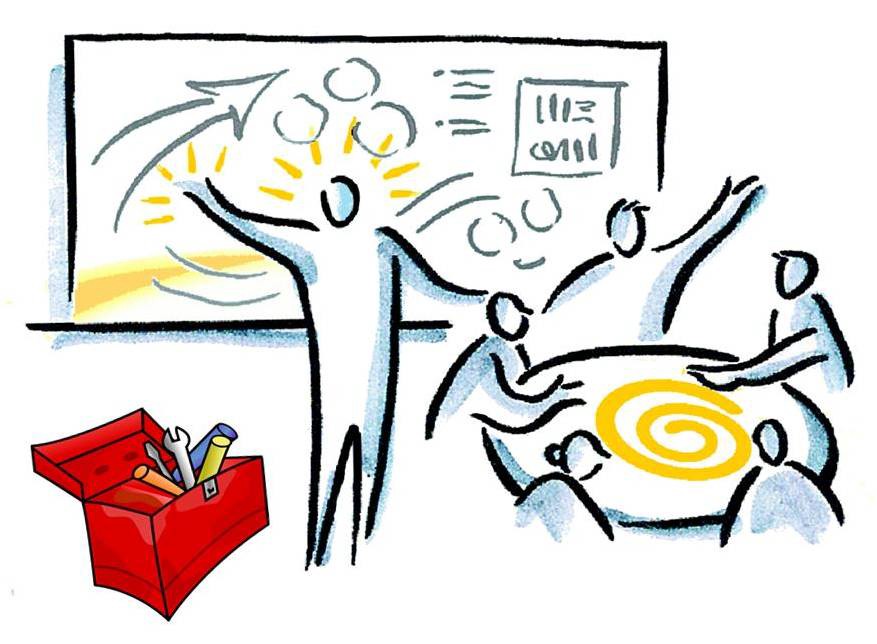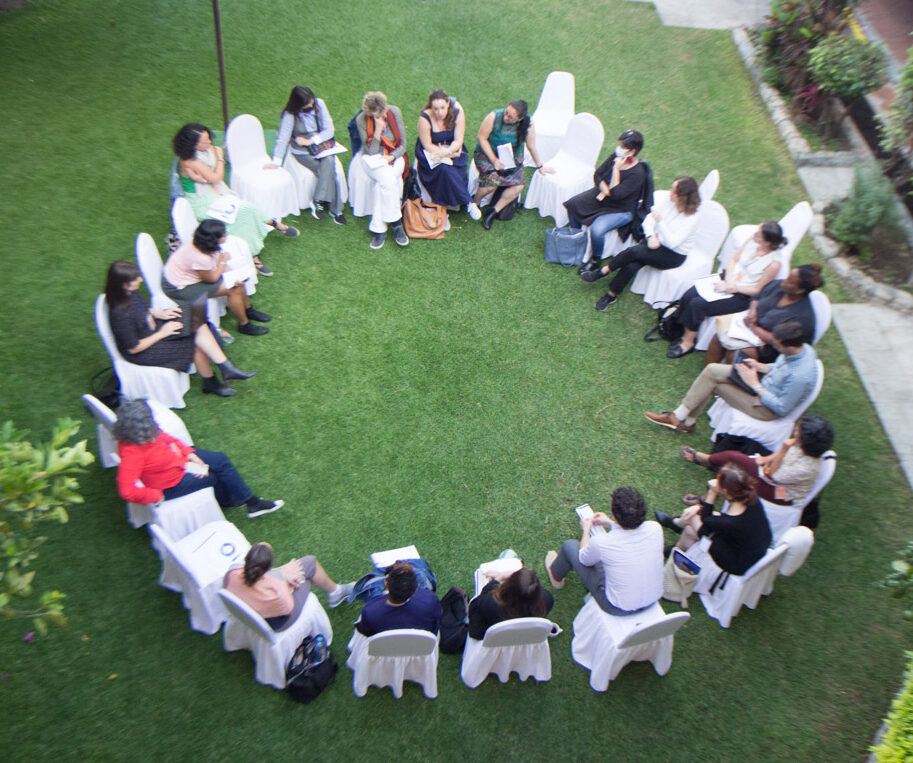Human Rights Funding Principles Offer a Road Map to Strengthen Philanthropy
By Lesley Carson at Wellspring Philanthropic Fund
—
When I think back to the first time I had the chance to meet with a program officer about a funding application from a well-known New York-headquartered human rights foundation in 1998, I can easily recall the pit in my stomach—I dressed in my best shoulder-padded suit (no judgment) for the meeting. To obtain a grant would be the holy grail; the small global network of frontline youth human rights activists I coordinated would either reach the next level of development or teeter on the brink of closure.
As a white, cisgender, English speaking woman educated at brand name schools in the U.S. Northeast, looking back it’s easy to say that despite my neophyte status, I was swimming with the current. Yet, unaware of the privilege and access I had, I cowered in the face of the trees, mahogany desks, stunning artwork, and rows of stately books on human rights and justice before me. If I could just persuade this program officer of the merit of the work we were doing, our organization would survive for another year. Standing in stark contrast to the gritty working conditions of most of our network, the grandeur of the space only amplified the pressure I felt: the lives of the imprisoned and threatened activists we campaigned with and for were depending on it. If I failed, we would be that much closer to closing our doors.
Years later, finding myself on the other side of the proverbial mahogany desk, I see an important evolution and learning in human rights philanthropy. Not only has funding for human rights grown enormously, but many institutions and funders engaged in supporting human rights have made significant strides to be more equitable, transparent, and accountable in how we set strategy, partner with fields and movements, and operate internally. This imperative is not just about values—it is about driving toward our goals to fulfill our strategies and missions for durable social change.
At the same time, make no mistake, as funders, we still have some way to go in order to bridge power dynamics in funder-grantee relationships and be guided by those on the frontlines who are more directly impacted by injustice. And so by developing the Human Rights Funding Principles, Ariadne, Human Rights Funders Network (HRFN), and Philanthropy Advancing Women’s Human Rights (PAWHR) have given the field of human rights philanthropy a gift, a call to action, and a road map.
Generated through a consultative process involving over 300 funders and activists from more than 40 countries, the principles are a gift because they beautifully consolidate a vision for how human rights philanthropy can align and partner seamlessly with movements for justice and rights in order to fulfill our missions and implement our strategies in more effective, sustainable ways. Long haunted by distracting debates about whether human rights are siloed liberal moral philosophy, a set of elite legal mechanisms and procedures, a powerful set of moral guidelines, a frame for organizing and approaching social change work, or all of the above, the principles provide a contemporary clarification of the layered notion of what it means in practice to protect and promote human rights.
In addition, in this tumultuous time of violence, climate crisis, authoritarianism, a rollback of rights, and unprecedented global exposure of the inequality resulting from systems of patriarchy, extraction, and racism, the principles also provide a road map and a call to action.
At our best, foundations and funders are complex, dynamic learning institutions in a constant state of reflective adaptation to the demands of the world around us and the needs of the movements, communities, and fields we support. Each of the six areas—Power Sharing and Shifting, Accountability, Collective Care, Community Driven, Equity, and Adaptability and Learning—includes a foundational principle and, importantly, benchmarks that human rights foundations or funders can work toward if we are to continue learning and adapting. They guide us towards making the necessary shifts so that we can both challenge systems of oppression at their root and become more authentic and effective allies and partners of the groups that we seek to support.
While it may sound cliché, striving to achieve these principles is truly a journey, with some easier turns and others more challenging. For staff and leadership of philanthropic institutions, the principles call on us to be attentive to where we can improve our own understanding and serve as leaders of internal learning and planning processes. In the process, we should ask multifaceted questions about how we operate internally, how we engage with fields and movements, and how we set and implement our grant-making strategies, constantly probing whether these are consistent with human rights values, principles, and practices.
For now, I have printed the principles and taped them up on my bedroom-cum-office wall, feeling grateful to work in a funding institution that is grappling head-on with many of these principles. Recognizing the security, comfort, and stability of a job in philanthropy at a time when the precariousness of daily life is the norm for so many, our role as a bridge to communities, movements, and fields remains critical.
As I zoom with frontline advocates thousands of miles away, I continue to understand the weight of the responsibility to represent—with as much integrity, compassion, and critical reflection on my own power, identity, and voice as I can bring—the resolve, potential, and hope of the work human rights defenders are doing around the world, in order to transform their vision into the resources urgently needed to continue the work and pursue our collective goals. At a time of uncertainty worldwide, including the unrelenting violence and injustice against Black people in the U.S., I hold out hope that the spirit and call to action embodied in these principles challenge us not just to steward financial resources for human rights work aiming to remedy unjust systems at their root, but also to probe our own staffing and leadership, strategies, structures, policies and practices as we work together with movements and fields to achieve a more just world.



